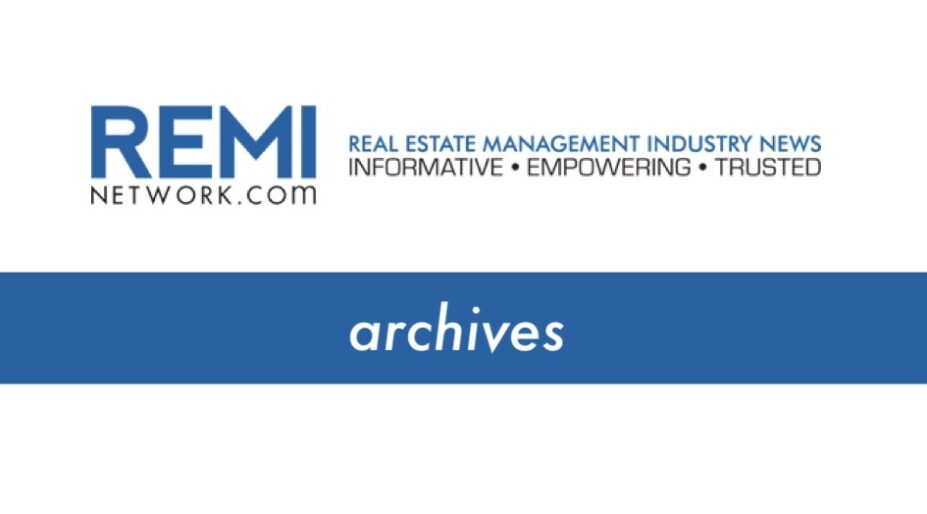Organizations could reduce workplace productivity losses by nearly half if they addressed the three types of barriers employees face in accessing mental health care, finds a CAMH study published in the Journal of Occupational and Environmental Medicine. The study identifies these three types of barriers as lack of awareness, attitudinal and structural barriers.
Lack of awareness among workers suffering from depression posed the greatest barrier to treatment, with more than half failing to recognize a need for help. Researchers suggest that removing this barrier to treatment alone could reduce productivity losses by one-third.
This gets at the reason Dr. Carolyn Dewa, head of CAMH’s Centre for Research on Employment and Workplace Health, decided to study how best employers can target their efforts to connect employees suffering from depression with mental health care.
“One of the things we know is just because you offer plans and services doesn’t mean people use them,” says Dr. Dewa, “and there are often other barriers we don’t consider, so workplaces or employers often ask, ‘Well, what can we do?’”
In cases where workers recognize a need for treatment, attitudinal and structural barriers may remain the way. Attitudinal barriers can include fear of stigma, a belief that treatment is ineffective and the desire to help oneself; structural barriers can include cost and time. One way the study suggests employers can dismantle a structural barrier to mental health care is to allow employees to work flexible hours so they can make their medical appointments.
Although removing lack of awareness as a barrier has the most dramatic impact on productivity loss, the study ultimately concludes that addressing all three barriers generates the greatest gains. Dr. Dewa breaks it down as follows:
“There are three different pieces of helping people access treatment: One is providing programs that teach people how to recognize when need they need help, two is helping people understand that they don’t need to be embarrassed to ask for help and three is having help there.”
The study findings are based on a questionnaire completed by 2,219 workers from across Ontario by phone interview or web survey between October 2013 and January 2014. The measure of productivity loss looked only at presenteeism, where workers are present but not working at full capacity.
The imagery of workers being present but not working at full capacity speaks to the concept behind Not Myself Today. Led by the non-profit Partners for Mental Health, it’s a campaign designed to overcome the very barriers to treatment that the CAMH study addresses.
“One of things we found — the CAMH study really does touch on this — is that the pervasive stigma surrounding mental health issues remains one of the primary obstacles in building mentally healthy workplaces,” says Jeff Moat, president of Partners for Mental Health.
The Not Myself Today campaign aims to promote mental health self-awareness, destigmatize mental illness and establish supportive work environments. What the non-profit found when developing the program was that businesses lacked practical tools for accomplishing these goals.
Campaign participants receive resources that emphasize employee engagement. For example, an oversized deck of ‘conversation starter’ cards presents real-life workplace scenarios involving mental health issues, with tips on the back. One scenario is: “Your colleague just returned to work after being on an extended leave of absence for an undisclosed health problem. What do you say to them?”
More than 270 organizations have participated in the program since it launched in 2013. PCL Construction is among the program’s participants, joining the campaign in 2014 with the goal of encouraging employees to feel comfortable talking about mental health and improving awareness of its mental health supports for employees and their families. One of the company’s locations kicked off the campaign with an ice cream party, where employees received conversation starter cards, mood buttons and work-life balance questionnaires.
Not Myself Today also addresses six of the 13 factors contained in the world’s first national standard for Psychological Health and Safety in the Workplace, developed by the CSA.
Although diversity and inclusion, HR or occupational health and safety normally spearheads initiatives to improve workplace mental health, Moat firmly believes that their success relies on both grassroots engagement and buy-in from executive management.
“This is something that has to be supported and endorsed by the most senior individuals in the organization so that it’s made to be okay for us to talk about this and to deal with it very openly in a non-threatening environment,” he says.
If CAMH’s latest study doesn’t convince company leaders of the value of addressing barriers to employees accessing mental health care, what Dr. Dewa plans to study next might: the return on investment of Mental Health Commission of Canada programming that trains managers and workers to recognize when they need help.
Michelle Ervin is the editor of Canadian Facility Management & Design.







